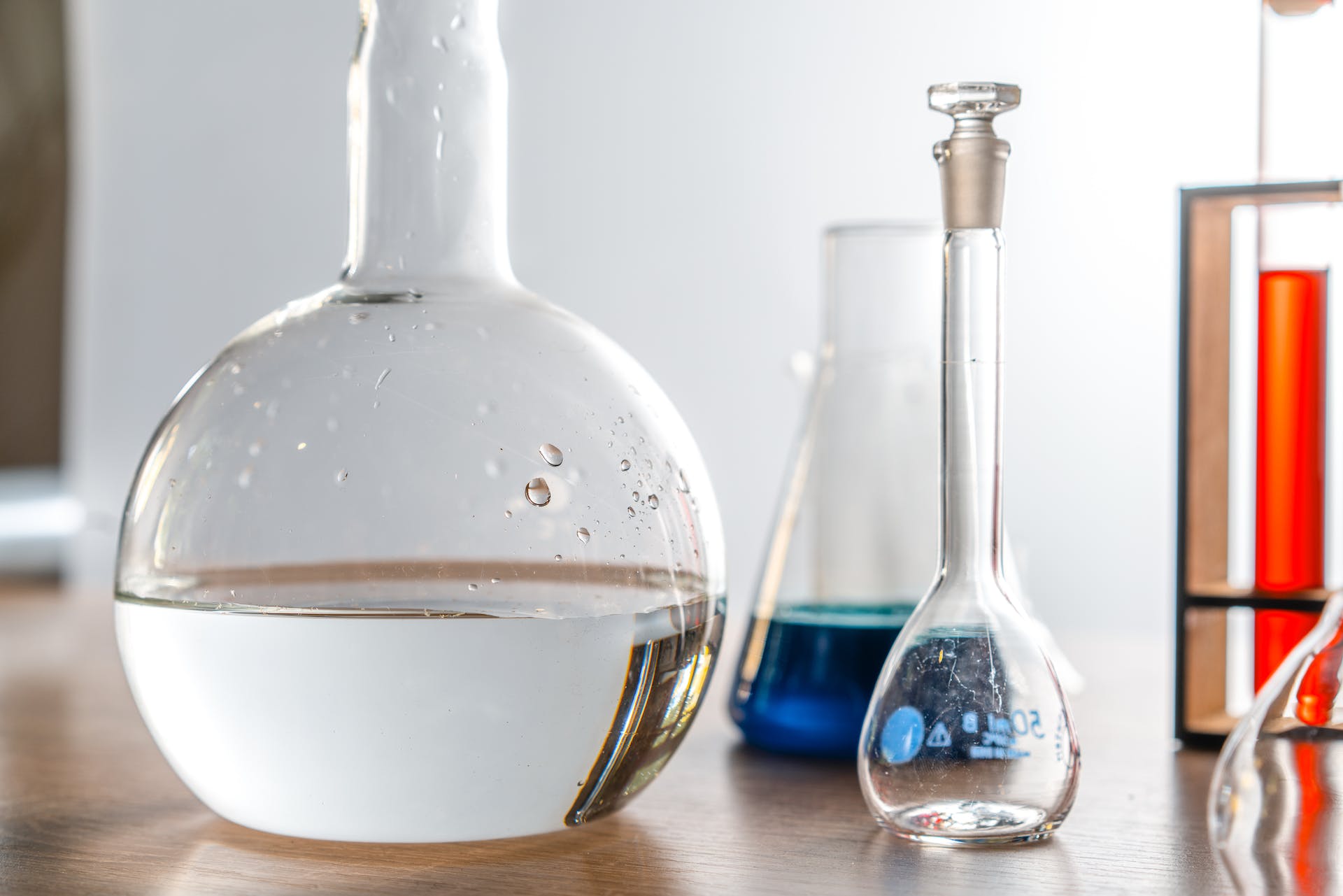Water is a fundamental resource for all forms of life. Ensuring its safety and quality is paramount, not only for human consumption but also for environmental protection and industrial processes. Water testing involves a variety of parameters, each providing crucial information about the water’s characteristics. This article delves into the essential parameters of water testing, exploring their significance, methods of measurement, and acceptable standards.
1. Physical Parameters
1.1. Temperature
- Significance: Temperature affects water chemistry and the organisms living within it. Higher temperatures can reduce oxygen levels, impacting aquatic life.
- Measurement: Thermometers or digital temperature probes are commonly used.
- Standards: Varies by context; typically, drinking water should be between 7°C and 12°C.
1.2. Turbidity
- Significance: Indicates the presence of suspended particles, affecting water clarity and quality.
- Measurement: Turbidity meters measure the intensity of light scattered by particles in the water.
- Standards: For drinking water, the World Health Organization (WHO) recommends a turbidity of less than 1 NTU (Nephelometric Turbidity Units).
1.3. Color
- Significance: Natural or artificial substances can color water, indicating potential contamination.
- Measurement: Visual comparison against color standards or using colorimeters.
- Standards: Should be less than 15 TCU (True Color Units) for drinking water.
2. Chemical Parameters
2.1. pH
- Significance: Measures acidity or alkalinity, crucial for chemical reactions in water and organism health.
- Measurement: pH meters or litmus paper.
- Standards: Ideal pH for drinking water is between 6.5 and 8.5.
2.2. Dissolved Oxygen (DO)
- Significance: Essential for the survival of aquatic organisms.
- Measurement: DO meters or Winkler titration method.
- Standards: Should be above 5 mg/L for healthy aquatic life.
2.3. Conductivity
- Significance: Indicates the water’s ability to conduct electricity, correlated with ion concentration.
- Measurement: Conductivity meters.
- Standards: Typically between 50 to 1500 µS/cm for drinking water.
2.4. Hardness
- Significance: Caused by dissolved calcium and magnesium, affecting water usage and health.
- Measurement: Titration with EDTA or using hardness test kits.
- Standards: WHO suggests a maximum of 500 mg/L as CaCO3.
2.5. Alkalinity
- Significance: Water’s capacity to neutralize acid, affecting pH stability.
- Measurement: Titration with a strong acid.
- Standards: 20-200 mg/L as CaCO3 is desirable for drinking water.
2.6. Chemical Oxygen Demand (COD)
- Significance: Measures the amount of oxygen required to oxidize organic matter.
- Measurement: Dichromate digestion method.
- Standards: Less than 50 mg/L for drinking water.
2.7. Biochemical Oxygen Demand (BOD)
- Significance: Indicates the amount of organic matter available for microbial consumption.
- Measurement: Incubation at 20°C for five days.
- Standards: Should be less than 5 mg/L for good quality water.
3. Biological Parameters
3.1. Coliform Bacteria
- Significance: Indicates the presence of pathogenic organisms.
- Measurement: Membrane filtration or multiple-tube fermentation.
- Standards: 0 CFU/100 mL for drinking water.
3.2. E. coli
- Significance: A specific indicator of fecal contamination.
- Measurement: Membrane filtration or presence-absence tests.
- Standards: 0 CFU/100 mL for drinking water.
4. Nutrient Parameters
4.1. Nitrates and Nitrites
- Significance: High levels can cause health issues like methemoglobinemia in infants.
- Measurement: Spectrophotometry or ion chromatography.
- Standards: Nitrate should be below 50 mg/L, and nitrite should be below 3 mg/L.
4.2. Phosphates
- Significance: High concentrations can lead to eutrophication in aquatic systems.
- Measurement: Colorimetric analysis.
- Standards: Typically less than 0.1 mg/L to prevent eutrophication.
5. Metal Parameters
5.1. Lead
- Significance: Toxic even at low concentrations, affecting neurological development.
- Measurement: Atomic absorption spectroscopy (AAS) or inductively coupled plasma mass spectrometry (ICP-MS).
- Standards: WHO guideline is 0.01 mg/L.
5.2. Mercury
- Significance: Highly toxic, particularly in its methylmercury form.
- Measurement: Cold vapor AAS or ICP-MS.
- Standards: WHO guideline is 0.001 mg/L.
5.3. Arsenic
- Significance: Carcinogenic and toxic at low concentrations.
- Measurement: Hydride generation AAS or ICP-MS.
- Standards: WHO guideline is 0.01 mg/L.
6. Pesticides and Organic Pollutants
6.1. Pesticides
- Significance: Can cause acute and chronic health effects.
- Measurement: Gas chromatography-mass spectrometry (GC-MS) or high-performance liquid chromatography (HPLC).
- Standards: Vary by specific pesticide; often in the range of 0.1 µg/L to 10 µg/L.
6.2. Volatile Organic Compounds (VOCs)
- Significance: Include a range of harmful chemicals like benzene and trichloroethylene.
- Measurement: Purge-and-trap GC-MS.
- Standards: Varies by compound; for example, benzene is typically limited to 0.005 mg/L.
Conclusion
Water testing encompasses a broad array of parameters, each crucial for assessing water quality. Ensuring compliance with established standards helps protect public health and environmental integrity. Regular monitoring and advanced testing methods are essential tools in maintaining safe and clean water resources. By understanding and applying these parameters, stakeholders can better manage water quality and address potential issues promptly.


Leave a Reply